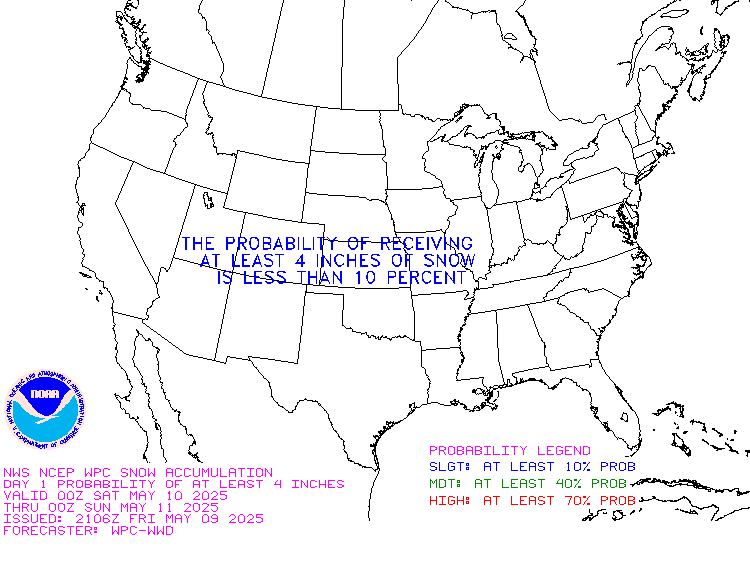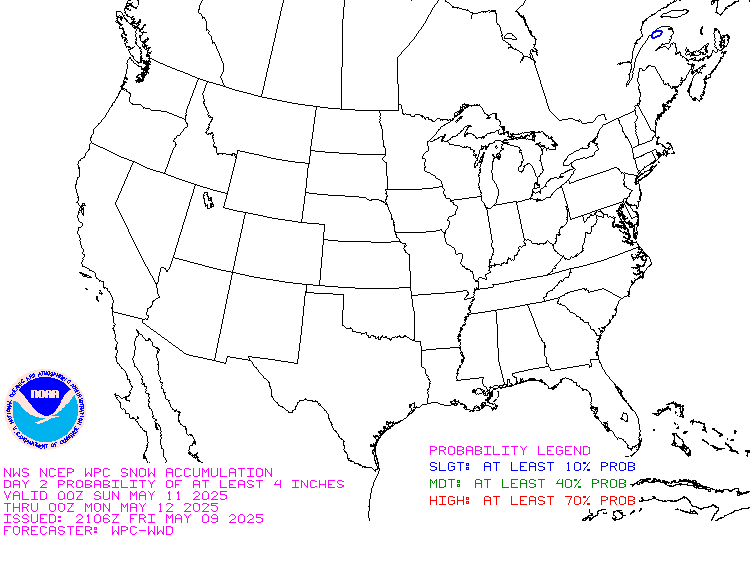This article focuses on what we are paying attention to in the next 48 to 72 hours. The article also includes weather maps for longer-term U.S. outlooks and a six-day World weather outlook which can be very useful for travelers.
First the highlights from the NWS.
Short Range Forecast Discussion
NWS Weather Prediction Center College Park MD
Tue Jan 23 2024
Valid 12Z Tue Jan 23 2024 – 12Z Thu Jan 25 2024…Heavy rainfall and concerns for flash flooding will exist through
Thursday morning across the Lower Mississippi Valley……A swath of freezing rain and some accumulating snowfall will impact
portions of the Midwest, Lower Great Lakes, and the Northeast……Much milder air with temperatures surging well above normal can be
expected by the middle of the week for much of the eastern half of the
country…
Please click on “Read More” below to access the full report issued today.
| Notices: The article on the Updated Outlook for January 2024 can be accessed HERE. What would you like to learn about? Please provide that to me via the comment section at the end of the article. |
Now more detail on the 48-Hour Forecast (It is a 48 to 72 Hour Forecast actually)
Daily weather maps. The Day 1 map updates twice a day and the Day 2 and 3 maps update only once a day. These maps update automatically. But if that does not happen, you can get updates by clicking HERE
TODAY (or late in the day the evening/overnight map will appear) (Key to surface fronts shown on maps and you will then also be able to insert a city name or zip code and get a local NWS forecast).
TOMORROW
NEXT DAY
This animation shows how things may play out over the next 60 hours. To update click here.
The NWS Climate Prediction Center’s: Watches, Warnings, and Advisories plus other information can be found HERE. We post at least one of those updates daily, sometimes both. The Highlights are shown in the lede paragraph of this article.
ATMOSPHERIC RIVERS
This tells us what is approaching the West Coast. Click HERE to update If I have not gotten around to doing the update. Here is some useful information about Atmospheric Rivers.
Continuation of the NWS Short Range Forecast. It is updated by NWS twice a day and these updates can be found here
Temperatures across a vast portion of the central and eastern U.S. will
moderate as a series of storm systems from the Pacific Ocean cross the
Southwest before ejecting east across the southern states. This pattern
will be favorable for widespread area of unsettled weather for the
Midwest, Ohio Valley, Great Lakes, Northeast, and large areas of the South
through the middle of the week.Multiple waves of low pressure advancing along a slow-moving front across
the Lower Mississippi Valley will encounter a resurgence of moisture and
instability from the Gulf of Mexico which will aid in development of heavy
showers and thunderstorms today through Thursday. Several inches is
expected which will increase the threat for flooding across the South. The
Weather Prediction Center has issued a Moderate Risk of excessive rainfall
across portions of these areas, and locally significant flash flooding may
be possible given the expectation of as much as 4 to 8 inches of rain
going through Wednesday.The resurgence of warm air and moisture northward over the retreating cold
air will foster areas of freezing rain today and into Wednesday across
areas of the Midwest, Lower Great Lakes, and the Northeast. The cold air
may still be deep enough to result in some accumulating snowfall as well,
and especially for areas of Lower Michigan and southwest New York where a
few inches of snow will be possible. For areas where freezing rain are
expected, there may be as much as a tenth of an inch of ice accretion
which will result in locally hazardous travel conditions.The Southwest will be cooler through midweek was the frontal systems pass
through. The intrusion of Pacific air downstream across the central and
eastern U.S., and southerly flow off the Gulf of Mexico, will result in
considerably milder temperatures by midweek for the eastern half of the
country. A few locations may have daily high temperatures as much as 20
degrees above seasonal average by Wednesday.Learn about wave patterns HERE.
Below is the current five-day cumulative forecast of precipitation (Updates can be found HERE)
Ski SnowReports
New Feature – Ski Reports. It is difficult to find reports that auto-update on-screen (and they are very long) but these links will get you to them – If you have additional suggestions make them in the comments section after every Econcurrents Article and we may add those links. We will try to not have too much overlap as that can add to the confusion.
Snow Forecasts. And remember this shows natural snow. Ski resorts also make their own snow.
Day 1
Day 2
Additional snow information can be found here, here, here, and here. The second link provides animations.
Now we look at Intermediate-Term “Outlook” maps for three time periods. Days 6 – 10, Days 8 – 14, and Weeks 3 and 4. An outlook differs from a forecast based on how NOAA uses these terms in that an “outlook” presents information as deviation from normal and the likelihood of these deviations.
Below are the links to obtain updates and additional information. They are particularly useful if you happen to be reading this article significantly later than when it was published. I always try to provide readers with the source of the information in my articles.
Days 6 – 10 (shown in Row 1) Days 8 – 14 (Shown in Row 2) Weeks 3 and 4 (Shown in Row 3 but updates only on Fridays) https://www.cpc.ncep.noaa. gov/products/predictions/610day/ https://www.cpc.ncep .noaa.gov/products/predictions/814day/ https://www.cpc.ncep.noaa.gov/products/predictions/WK34/ Showing the actual maps. They should now update automatically. The Week 3 – 4 Outlook only updates on Fridays. So below is what I call the Intermediate-term outlook. On Fridays, it extends out 28 Days. That declines day by day so on Thursday it only looks out 22 days until the next day when the Week 3 – 4 Outlook is updated and this extends the outlook by one additional week.
6– 10
8– 14
3– 4
HAZARDS OUTLOOKS
Click here for the latest complete Day 3 -7 Hazards forecast which updates only on weekdays. Once a week probably Monday or Tuesday I will update the images. I provided the link for readers to get daily updates on weekdays. Use your own judgment to decide if you need to update these images. I update almost all the images Friday Night for the weekend edition of this Weather Report. So normally readers do not need to update these images but if the weather is changing quickly you may want to.
Temperature month to date can be found at https://hprcc.unl.edu/products/maps/acis/MonthTDeptUS.png
Precipitation month to date can be found at https://hprcc.unl.edu/products/maps/acis /MonthPNormUS.png
World Forecast [that website is has been intermittant so be patient]
Below are the Day 1 -3 and 4-6 forecasts for temperature and precipitation. Updates and much additional information can be obtained HERE
World Temperature Anomalies
World Accumulated Precipitation
This information is provided by the University of Maine. They draw upon many different sources. There is a lot of information available at the link provided. I have just provided two useful forecasts. There are probably over a hundred different forecasts available from this source.
Worldwide Tropical Forecast (This is a NOAA Product)
This graphic updates on Tuesdays) If it has not been updated, you can get the update by clicking here Readers will only have to do that if they are reading this article much later than the date of it being published.
Information on Tropical Storms can be found HERE. Western Pacific information can be found HERE.
–
I hope you found this article interesting and useful. –


